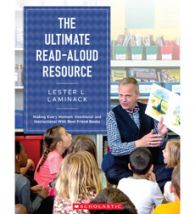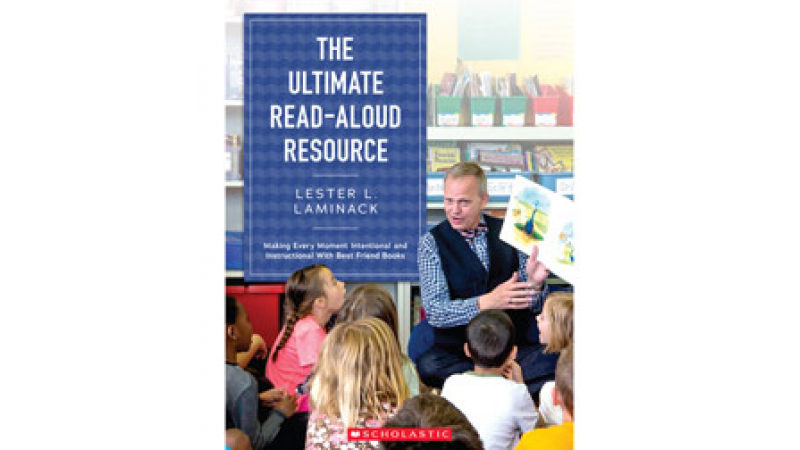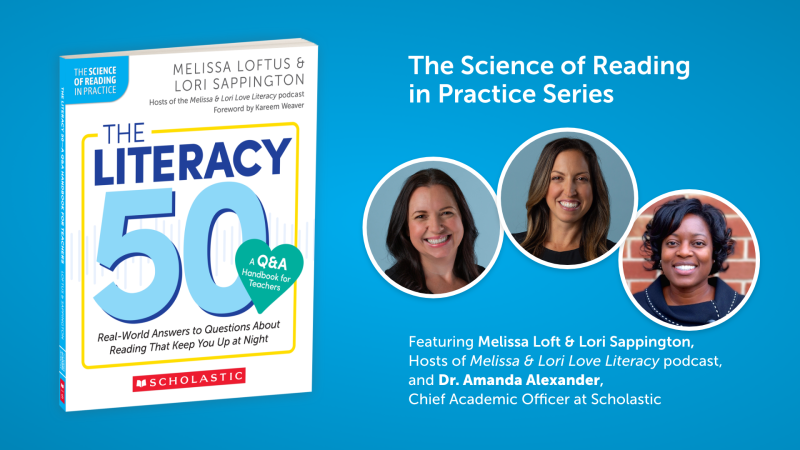 Today we welcome Lester Laminack, award-winning children’s author, acclaimed educator, and the creator of The Best Friend Fiction Collection and the Ultimate Read Aloud Resource for K-5 educators.
Today we welcome Lester Laminack, award-winning children’s author, acclaimed educator, and the creator of The Best Friend Fiction Collection and the Ultimate Read Aloud Resource for K-5 educators.
If you spend a while thinking back on your childhood it is likely you’ll stumble across a memory of being read to and favorite story will come to mind. When you think of that story you are likely flooded with memories beyond the book. Do you remember where you were and whose voice you heard? Are you recalling the smell of your father, your mother’s touch, or perhaps the warm embrace of a beloved grandparent? Are you finding threads of texture on the edge of your memory--soft flannel pajamas, the scratchy wool blend of your dad's favorite jacket, the knobby texture of the upholstery on the chair in the corner by the lamp?
My point is that our early memories with story are like a fabric woven of many threads stretching back to significant people, places of comfort and security, and a collection of cherished moments. Those read aloud experiences are more than just exposure to stories, and poems, and information. They are more than the words and the pictures. They are part of the fabric of our lives, a part that helps us know who we are and how to make sense of our past. Those experiences are woven into our attitudes toward reading, our tastes in texts, and our preferences for where and when to read. Being read to by someone we love and cherish establishes lasting bonds with books and reading.
It is important to establish a routine of reading aloud to your children at home because it sets a standard for reading. Like any routine it becomes a ritual marking the passage of time and creates a transition between one part of the day and the next. It is a routine that grounds us in a habit of engaging with text, stepping inside the boundaries of another place, living among other people for a few brief moments. The habit of reading broadens our horizons and stretches our thinking, our vocabularies, our imaginations, indeed our very existence.
If you read to your children regularly it is likely you have already discovered a few stories become requested again and again. Don’t resist that request. Instead relish the notion that your children are finding stories they cherish like a best friend. Recognize the power of revisiting those stories for building a sense of how stories unfold across the pages, how characters emerge from between the lines of print, and how those dear stories become part of the fabric of childhood that help them navigate their days and imagine their futures.






